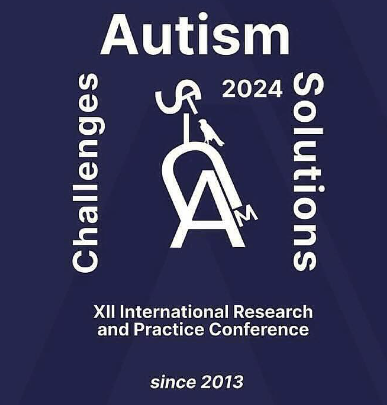منشور 2024-07-05
الكلمات المفتاحية
- syndrome and autism spectrum disorder (ASD),
- Egyptian,
- molecular diagnoses,
- CGG,
- autism
كيفية الاقتباس
الملخص
Autism & Fragile X syndrome are intertwined as they share some neurochemical similarities. Fragile X Syndrome (FXS) is the second cause of intellectual disability after Down syndrome and the most prevalent cause of intellectual disability in males. The actual worldwide prevalence is affecting 1:5000–7000 men and 1:4000–6000 women. In Egypt, the prevalence of FXS mutation among Egyptian males was 0.9 per 1000. Moreover, it was 6.4% among mentally subnormal males. ASD is a common comorbid condition in people with fragile X syndrome (FXS). Fragile X Syndrome is caused by an alteration of the FMR1 gene, which maps at the Xq27.3 band: more than 99% of individuals have a CGG expansion (>200 triplets) in the 5′ UTR of the gene, and FMR1 mutations and duplication/deletion are responsible for the remaining (<1%) molecular diagnoses of FXS. On the other hand, autism is a multifactorial polygenetic disorder. Given the relative high frequency of the condition and its complex clinical management, FXS appears to have an important economic and social burden. Here, we will present evidences from a variety of sources suggesting that there are important differences in ASD symptoms, behavioral and psychiatric correlates, and developmental trajectories between individuals with comorbid FXS and ASD and those with non-syndromic ASD. “Is ASD in FXS ‘true’ ASD?”. Answering this question is critically important, because of recent claims that targeted pharmaceutical treatments found to be efficacious for core symptoms of FXS are likely to be beneficial for individuals with non-syndromic ASD as well. The aim of this review relying on our previous studies & publications was to gather the current clinical, associated co-morbidities and molecular knowledge about FXS compared to autism population to provide clinicians with a tool to guide the initial assessment and follow-up of FXS. This will offer an update about the current diagnostic procedures to laboratory workers and researchers. In conclusion, neurobiological substrates of the behavioral impairments, including those reflecting core ASD symptoms, are different in FXS and non-syndromic ASD. We still believe that the study of FXS can provide insights into non-syndromic ASD. Proper diagnosis can help to follow the transmission pattern of the CGG repeats to give correct genetic counseling.

